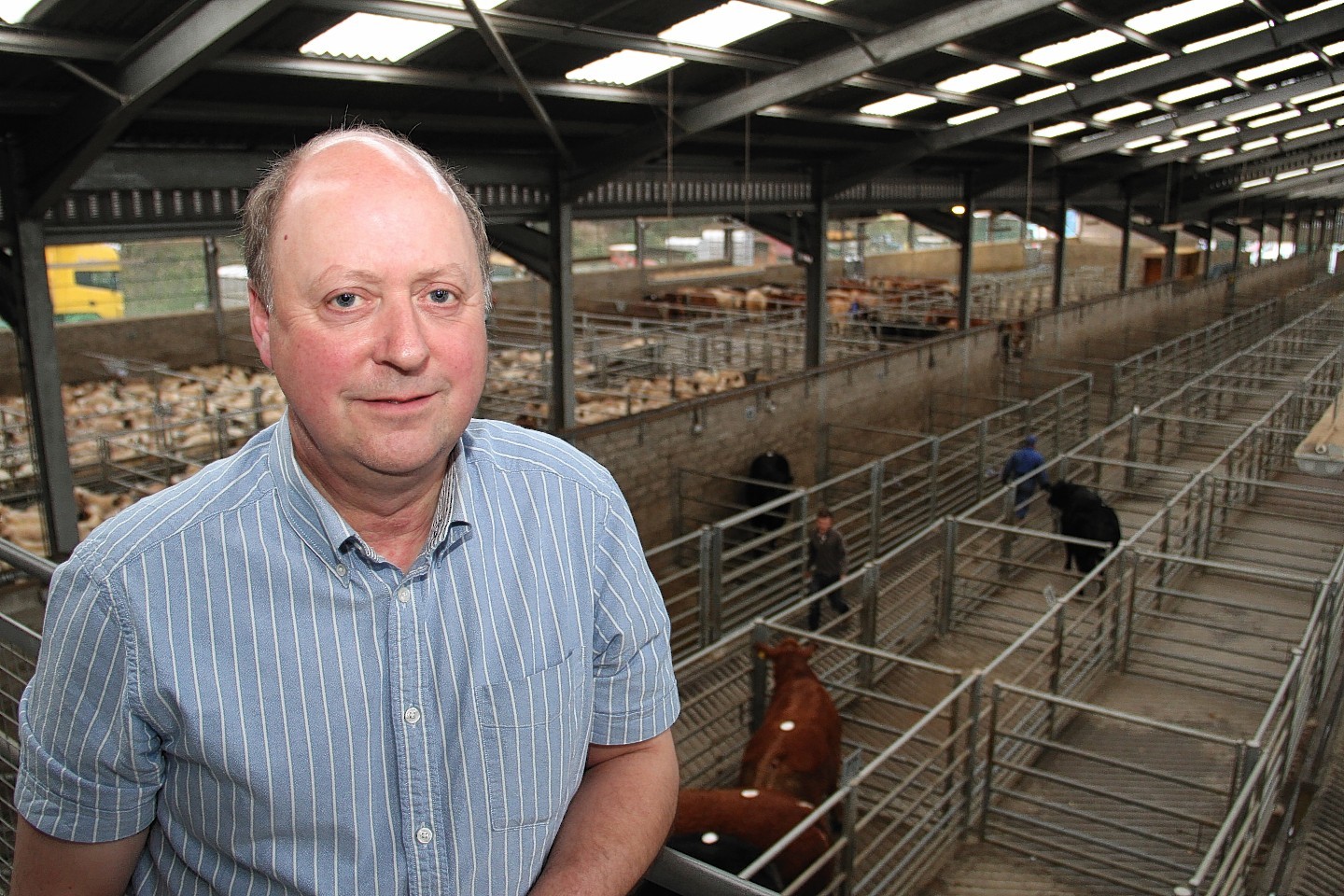Scottish sheep producers are being asked to consider scanning the lungs of their animals in a bid to tackle a fatal and infectious disease affecting flocks across Scotland.
Farmers’ union NFU Scotland and industry body Livestock Health Scotland have teamed up to raise awareness of ovine pulmonary adenocarcinoma (OPA), traditionally known as Jaagsiekte.
The disease, caused by a virus which infects cells in the lung leading to tumours, is widely recognised as a major cause of sheep losses. It is generally only noticed in the later stages by the accumulation of fluid within the affected sheep’s lungs.
Surveys at sheep abattoirs and of fallen stock have highlighted the reach and severity of OPA in Scotland, and, according to Livestock Health Scotland, the disease is being diagnosed in all regions and it is probably impacting on all breeds. There is no accurate laboratory test for the disease, however scientists at the Moredun Research Institute have developed a lung scanning diagnostic tool to identify tumours at an early stage.
Sheep producers are now being urged to consider the use of the diagnostic tool, and industry leaders, including NFUS and Livestock Health Scotland, have produced a brief guide to OPA and the role of lung scanning in different flocks.
Livestock Health Scotland chairman Nigel Miller said: “Like other iceberg diseases, OPA can establish unseen within a flock until infection rates rise and start to erode performance and trigger increased mortality.
“With no specific laboratory screening available, control is a real challenge and intervention is crucial at two levels. In OPA affected flocks, action is needed to reduce infection rates, and in those flocks unaffected by OPA, you must seek to maintain disease freedom.”
He said lung scanning would give producers the chance to pinpoint risk animals before clinical disease is apparent, and aid with culling as well as screening new stock before they enter the flock.
NFU Scotland’s animal health policy manager, Penny Middleton, backed Mr Miller’s advice. She said: “Lung scanning, while it has its limits, is a useful tool to help buyers reduce their risk of introducing OPA into a clean flock, as well as offering affected flocks the option of scanning the flock and removing infected sheep whilst they still have some value and reducing the exposure of other sheep in the flock.
“Industry needs to start asking for this service and encouraging vets to undergo the training to be able to offer this service more widely.”
